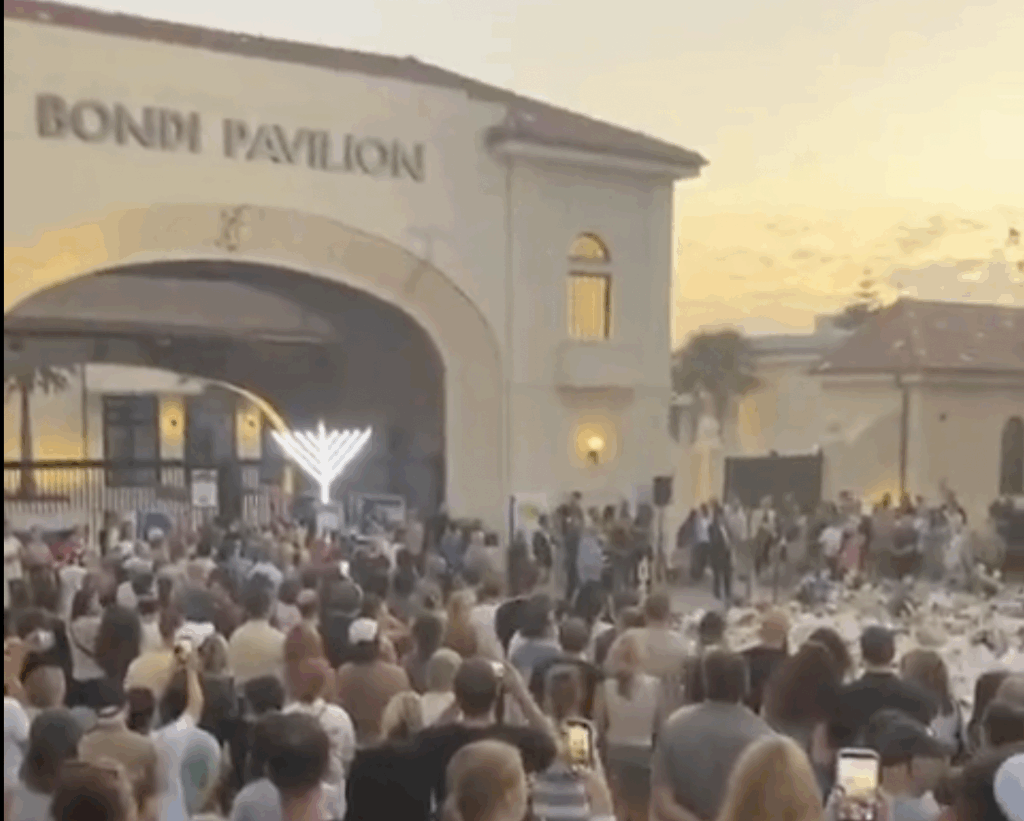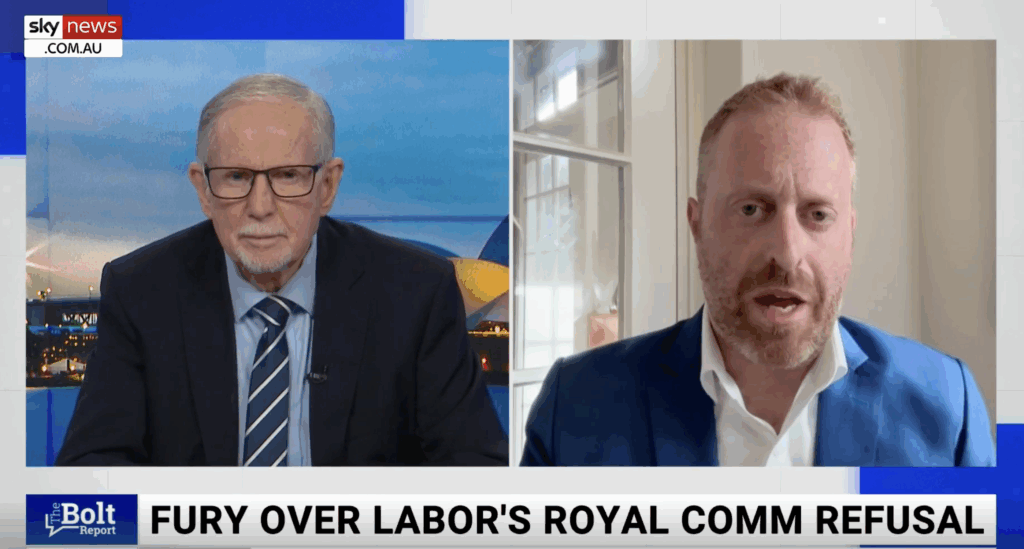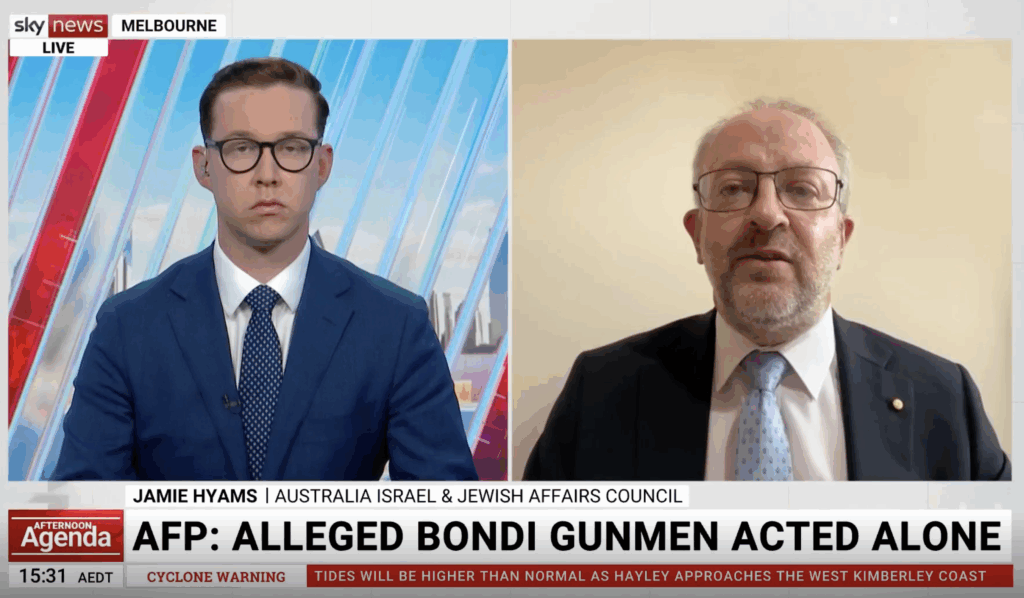FACT SHEETS
Fact Sheet: Aid into Gaza
August 26, 2025 | AIJAC staff
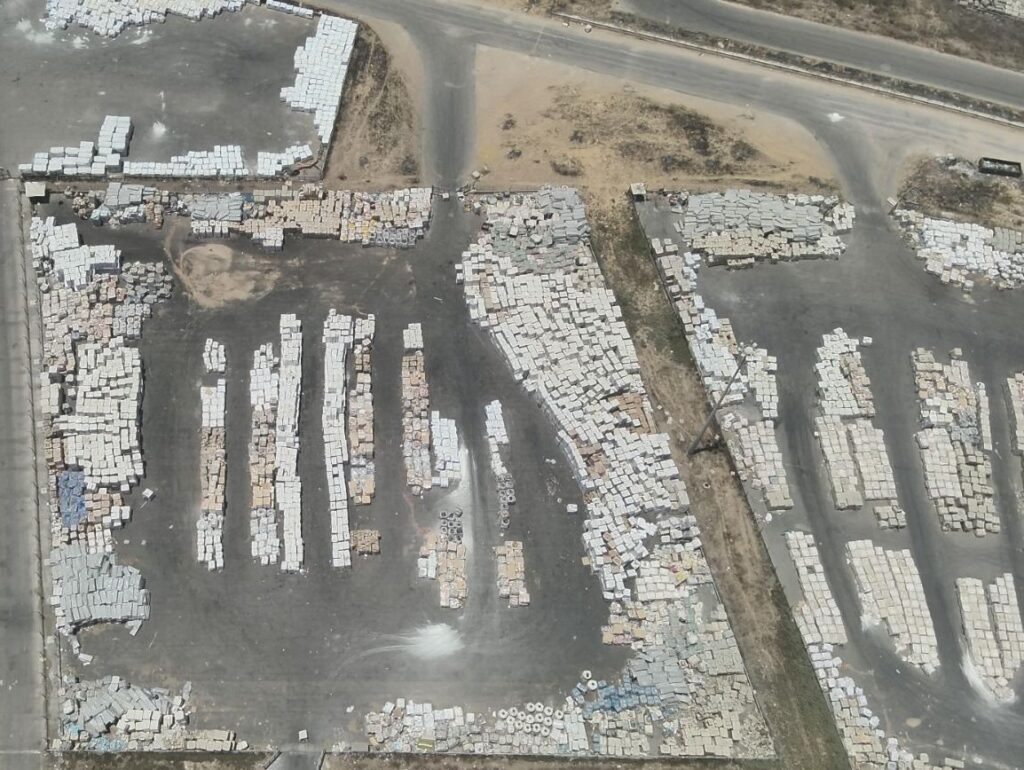
Published May 12, 2025; Updated August 26, 2025
Key Points
- Under international humanitarian law, warring parties have an obligation not to impede humanitarian aid to affected civilians, but may restrict that aid if it is advantaging the enemy
- Hamas has stolen a significant amount of aid that has gone into Gaza during the war, both for its own purposes and to profit from on-selling to Gazans
- Because of this, and given the context that Gaza received and stockpiled substantial deliveries of aid during the January to February 2025 ceasefire, the Israeli Government prevented aid entering Gaza between March 2 and May 19
- A new aid delivery and distribution system, the Gaza Humanitarian Foundation, which was designed to circumvent Hamas, went into effect in late May
- Following international criticism about the humanitarian situation, in July, the Israeli Government announced a new range of measures to increase aid, including daily military pauses and permanent humanitarian aid routes
Contents
Summary
The logistical reality of delivering and distributing aid to Gaza – and all war zones –is a deeply complex challenge.
One of these challenges is the mammoth and ongoing problem of the terrorist group Hamas stealing a substantial amount of aid. This was the reason why, in early March 2025, the Israeli Government prevented all humanitarian aid and fuel deliveries from entering Gaza. This move was not only meant to exert pressure on Hamas, but to prevent it from stealing, hoarding, taxing and reselling aid; reportedly its primary source of income and political power in the Strip.
Israel allowed aid deliveries to resume on May 19 and, since then, the situation has continued to be extremely challenging, especially in certain parts of the Strip. In late May 2025, a new distribution system, the Gaza Humanitarian Foundation (which is backed by the US and Israeli governments), opened with the aim of shutting out Hamas and providing additional security. The venture has attracted significant criticism from the UN and other humanitarian groups.
The Israeli Government also announced a new range of measures to increase delivery and distribution of aid in late July, following international criticism.
Read more: Fact Sheet: Gaza’s death toll
International legal obligations
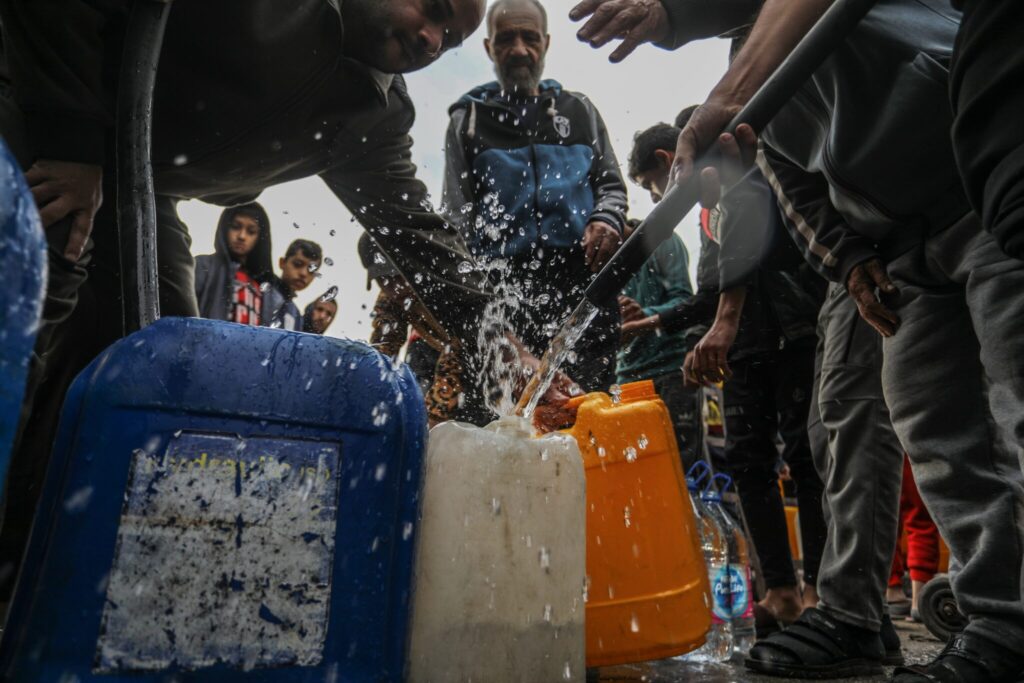
Palestinians distribute drinking water to displaced people in Gaza City (Image: Anas Mohammed/ Shutterstock)
International humanitarian law (IHL, often also called the laws of armed conflict, or LOAC) seeks to limit the impact of armed conflict on uninvolved civilians. This includes measures regarding the delivery of humanitarian aid to civilians.
Article 23 of the 1949 Fourth Geneva Convention insists that parties must not prevent the provision of humanitarian aid to civilians, unless that aid benefits the enemy. The relevant text is:
Each High Contracting Party shall… permit the free passage of all consignments of essential foodstuffs, clothing and tonics intended for children under fifteen, expectant mothers and maternity cases.
The obligation of a High Contracting Party to allow the free passage of the consignments indicated in the preceding paragraph is subject to the condition that this Party is satisfied that there are no serious reasons for fearing:
- that the consignments may be diverted from their destination,
- that the control may not be effective, or
- that a definite advantage may accrue to the military efforts or economy of the enemy through the substitution of the above-mentioned consignments for goods which would otherwise be provided or produced by the enemy or through the release of such material, services or facilities as would otherwise be required for the production of such goods.
The Power which allows the passage of the consignments indicated in the first paragraph of this Article may make permission conditional on the distribution to the persons benefited thereby being made under the local supervision of the Protecting Powers.
Such consignments shall be forwarded as rapidly as possible, and the Power which permits their free passage shall have the right to prescribe the technical arrangements under which such passage is allowed.
As will be discussed below, previous aid consignments into Gaza a) have been diverted from their destinations, b) were not under effective control and c) advantaged Hamas. As such, Israel is legally justified in preventing aid from entering Gaza until these conditions are rectified. The creation of the Gaza Humanitarian Foundation was designed to prevent these conditions from being breached.
There are many other treaties that provide obligations to warring parties. Many countries create their own military manuals on the laws of armed conflict, to interpret IHL for their troops. The International Committee of the Red Cross (ICRC) created a two-volume set of rules of customary international humanitarian law. These are ‘rules’ that the ICRC has distilled from treaty law as being universally accepted.
The ICRC’s Rule 55 of customary IHL states:
The parties to the conflict must allow and facilitate rapid and unimpeded passage of humanitarian relief for civilians in need, which is impartial in character and conducted without any adverse distinction, subject to their right of control.
In its commentary on this rule, the ICRC repeats on numerous occasions the requirement that a party not impede the delivery of humanitarian aid. While the ICRC mentions a party’s right to “take a number of measures to control the content and delivery of humanitarian aid,” such as “the search of relief consignments and their delivery under supervision,” it does not directly refer to the provisions under the Fourth Geneva Convention that delivery of humanitarian supplies can be conditioned on that aid not providing advantage to the enemy. Nor does it address the rights and obligations of parties to the conflict if other parties (in this case, Hamas) steal the aid intended for civilians.
To be clear, the ICRC’s commentary ignores these conditions; it doesn’t reference them, either to dismiss them or endorse them. However, the Fourth Geneva Convention is considered customary – universally accepted – international law.
While deliberate starvation of a civilian population is prohibited under all circumstances, blockades and embargoes intended to achieve a military victory and not starve a civilian population are permissible, as long as the civilian population’s humanitarian needs are provided for.
Read more: Fast Facts: PM Albanese’s claims about Gaza and international law
Aid stolen by Hamas
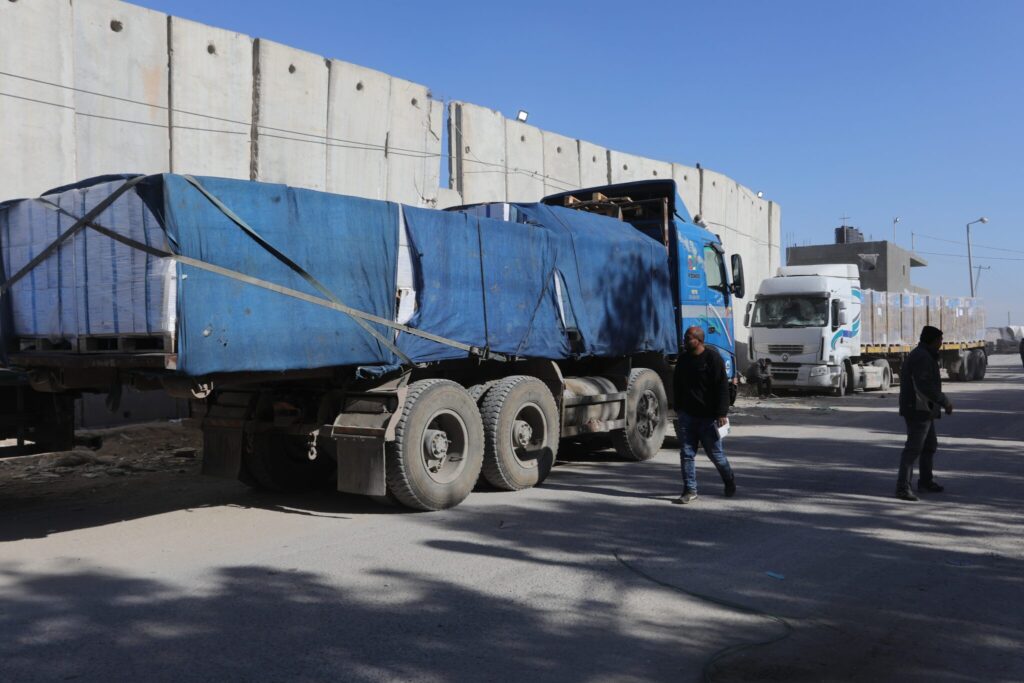
Aid trucks at the Kerem Shalom crossing (Image: Shutterstock)
Since the very start of ground operations in Gaza, multiple sources, including the Israeli Government, have produced evidence that Hamas has been stealing and hoarding aid and reselling it to civilians at exorbitant prices in order to enrich itself, pay salaries and attract new recruits. Worse, Hamas has used aid access as a carrot – and aid deprivation as a stick – to ensure loyalty and a steady flow of recruits, similar to the Houthis in Yemen. Multiple Palestinian sources, including journalists and activists, have also made the exact same accusations against Hamas.
Even the Palestinian Authority (PA)-run al-Hayat al-Jadida newspaper published an editorial in June 2025, accusing Hamas of murdering Gazans who attempted to access aid at US-backed distribution centres. Even earlier, in April 2024, Fatah the ruling party of the PA, publicly blamed Hamas for stealing and hoarding aid. Gazans interviewed by al-Jazeera accused Hamas of the same thing.
A February 2025 investigation, published by Israeli Hebrew-language daily Makor Rishon, revealed that humanitarian aid was Hamas’ primary source of funds and political power, with claims that Hamas was also stealing aid and equipment directly from UNRWA warehouses:
According to estimates, Hamas seizes 25 to 30% of the humanitarian aid entering the Strip… Some of the aid Hamas steals, it immediately resells to residents, the victims of the theft. Its revenue from this channel is estimated at US$50 to US$100 million (A$78 to A$157m) per month, totalling nearly a billion dollars since the war began… Even when Hamas doesn’t take goods by force, it ensures it profits from them. It collects protection money on every truck entering or moving within the Strip, even for essential aid to hungry residents. This sort of extortion has continued unabated through the current ceasefire.
“The average payment per truck is about 30,000 shekels [A$13,000], and it can reach 50,000 [A$22,000],” Eyal Ofer, a Hamas economy expert, tells us. “If you multiply that by 70,000 trucks that have entered since the war began, you reach about 2 billion shekels (A$880 million). Add to that the goods that reached them, and those they sold at high prices – and we’re talking about four billion shekels [A$1.765b] accumulated in the past year.”
In August 2025, it was revealed that Hamas has continued to pay “tens of thousands” of its members throughout the war.
However, revelations that Hamas has stolen aid significantly predate this. In October 2023, then-US Secretary of State Antony Blinken told Congress about Hamas’ stockpile of fuel, which it refused to share with civilians. Hamas also stole fuel from hospitals.
Hamas regularly forcibly commandeered trucks of aid entering Gaza.
By April 2024, Fatah, the ruling party of the Palestinian Authority (PA), was also blaming Hamas for stealing and hoarding aid. Gazans interviewed by the pro-Hamas Al-Jazeera accused Hamas of the same thing.
In September 2024, Hamas operatives even complained that they’d stolen so much aid that they couldn’t find space in their warehouses to store it.
Lower-level Hamas operatives were complaining that aid was only going to more senior officials and not them, and that their wives were beaten for their criticism.
In May 2025, PA President Mahmoud Abbas released a statement condemning “Hamas-affiliated gangs” for looting aid.
Read more: Fast Facts: Aid back into Gaza – what we know
The floating pier
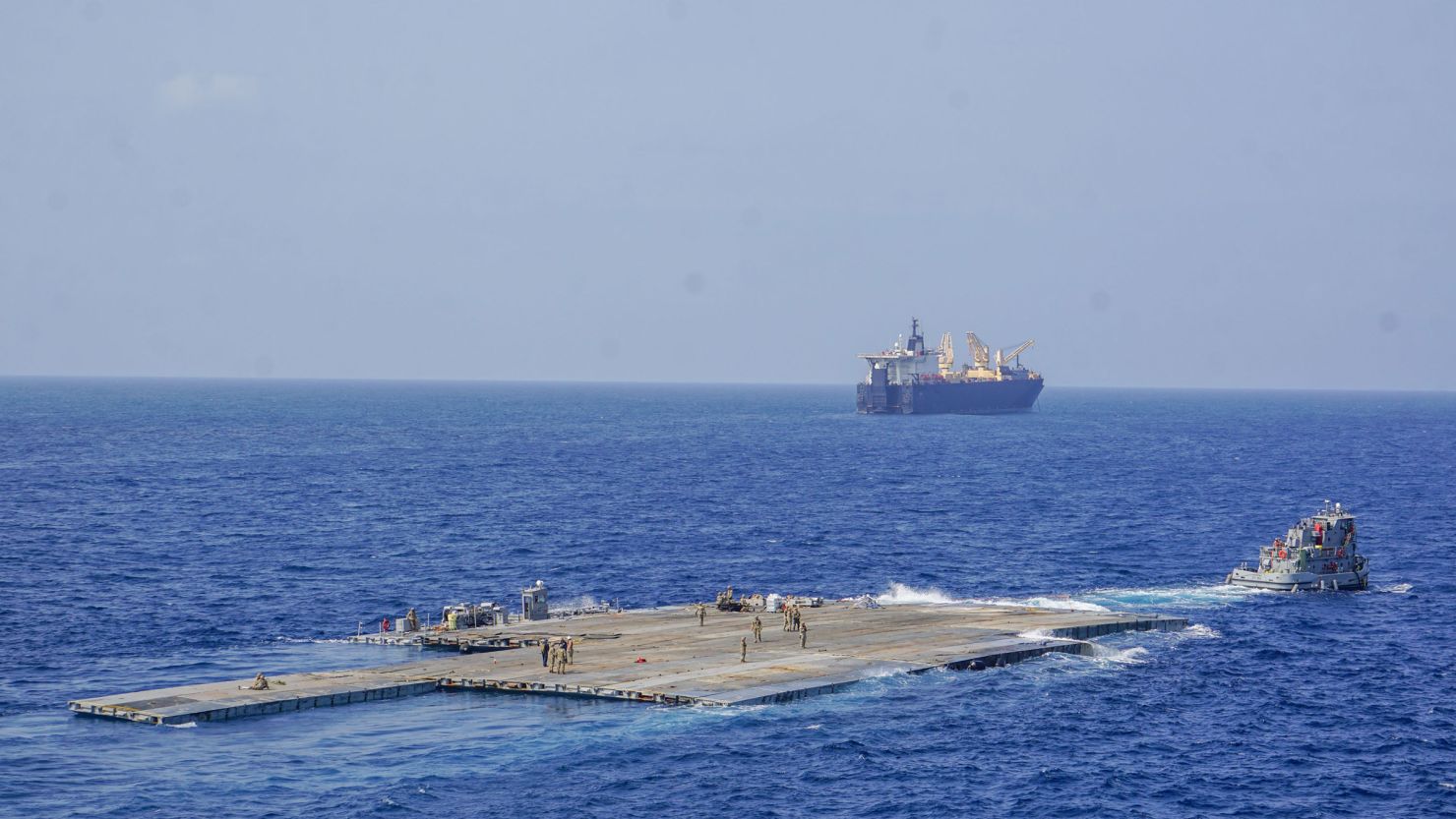
The US-built floating pier, soon after it was completed (Image: X)
In March 2024, then-US President Joe Biden announced that the US military would build a temporary floating pier off the coast of Gaza to help facilitate more humanitarian aid being delivered to the strip. The structure cost $US230 million to build.
However, weather and structural problems forced the US to terminate the floating pier earlier than it had intended. Problems included four small landing craft breaking loose and washing ashore during a storm, parts of the pier needing to be removed for repairs, and the whole pier needing to be re-anchored.
The pier was reportedly only in operation for a total of 20 days, between May and June 2024. During that time, a Pentagon spokesman said that more than 8,000 tonnes of humanitarian aid had been delivered
Read more: Counting – and miscounting – Gaza aid trucks
Temporary pause in aid
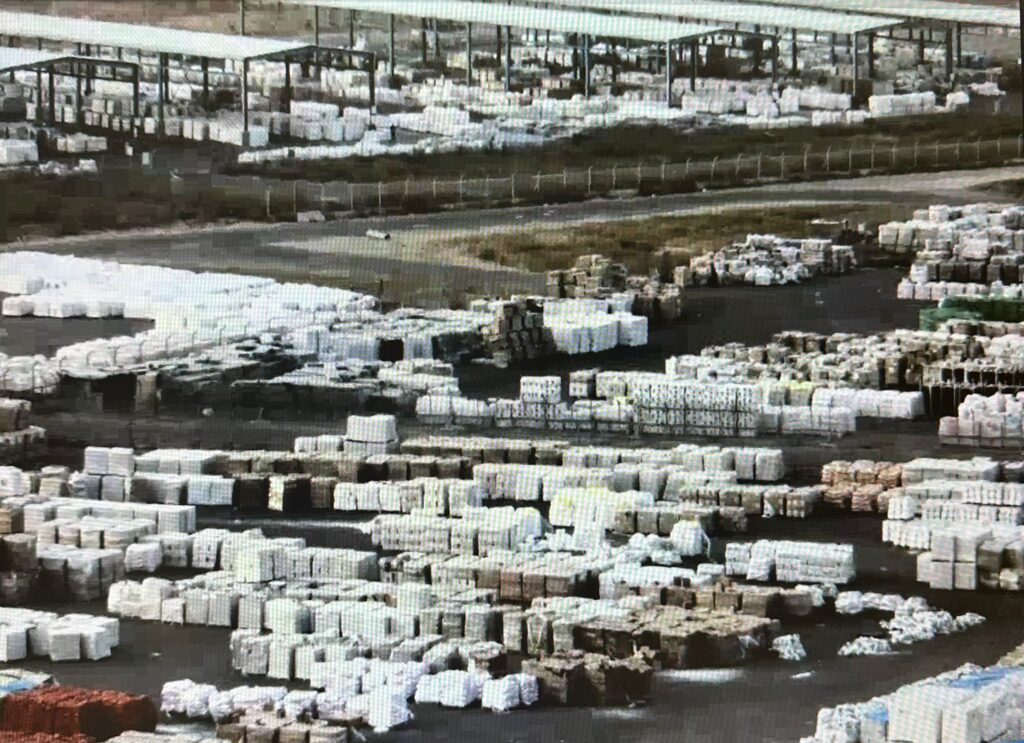
The content of 700 aid trucks waiting to be picked up by aid agencies in Gaza (Image: X/COGAT)
On March 2, 2025, the Israeli Government announced that it would cease allowing humanitarian aid to enter Gaza. At all times, the Government’s position was that Gazan civilians had adequate humanitarian supplies – the aid that had poured into Gaza during the two-month pause in fighting earlier that year was adequate for this purpose – and there was no danger of starvation.
IDF senior officials stated on April 7 that they had “made it clear to the political leadership” that, as aid supplies ran out, there would be no choice but to resume the supply of food, fuel and medicine to Gaza.
Read more: Counting – and miscounting – Gaza aid trucks
The reasoning for the aid suspension was that Hamas had stolen aid for both its own military and political purposes, and to sell for profit. As Israeli Prime Minister Binyamin Netanyahu said in a cabinet meeting at the time:
Hamas is currently taking control of all supplies and goods sent to the Gaza Strip. It is abusing the Gazan population who are trying to receive the aid, it is shooting at them, and is turning humanitarian aid into a terrorist budget directed against us.
Israel has attempted to reduce civilians’ exposure to the war by providing advance warning of areas in which it the IDF about to operate, and encouraging civilians to flee these areas ahead of time. The Government has also designated areas to which humanitarian aid is delivered.
In early April, the Israeli Government confirmed that aid would restart “in the coming weeks.” The objective of the plan was to deliver aid to Palestinian civilians in a way that will prevent Hamas from stealing supplies en masse. The plan included setting up hubs at which individual Gazans can collect enough aid for their family.
The temporary pause in aid delivery and distribution was lifted on May 19.
The number of aid trucks that entered Gaza
From the ceasefire on January 19 to the aid cutoff on March 2, the Coordinator of Government Activities in the Territories (COGAT) said that 25,200 aid trucks entered Gaza carrying 447,538 tons of aid. The UN said in mid-February that around 600 aid trucks were entering per day, although some days it said it was far more. More than 10,000 aid trucks had entered Gaza by February 6, according to the UN (although there is some evidence that the UN was failing to count all aid trucks).
COGAT’s calculations for average daily trucks per month from October 2023 to April 2024 are:
- October 2023: 30
- November 2023: 103
- December 2023: 115
- January 2024: 184
- February 2024: 152
- March 2024: 191
- April 2024: 271
In May 2024, Israel began an operation in Rafah, with aid delivery dropping precipitously over the following months and daily averages ceasing to be calculated by COGAT.
According to the UN’s Office for the Coordination of Humanitarian Affairs (OCHA), the daily average number of trucks entering Gaza between October 2023 and December 2024 were:
- October 2023: 9
- November 2023: 83
- December 2023: 97
- January 2024: 130
- February 2024: 91
- March 2024: 137
- April 2024: 165
- May 2024: 88
- June 2024: 81
- July 2024: 80
- August 2024: 67
- September 2024: 54
- October 2024: 37
- November 2024: 65
- December 2024: 76
The discrepancies in the way Israel and the UN count the number of trucks are partially because the OCHA does not count commercial trucks after May 7, 2024, and fuel trucks are not included.
In 2025, humanitarian agencies have been releasing contradictory statements regarding the amount of food available in Gaza. For instance, on April 1, the World Food Programme (WFP) announced that all 25 WFP-supported bakeries in Gaza had closed, and on March 27, said it only had enough food stores inside Gaza “to support WFP operations for a maximum of two weeks.” On April 28, the WFP’s Antoine Renard said, “Our remaining stocks were directed to a hot meal kitchen, which are continuing to serve people in need. But these, too, are expected to run out by the end of the month.” However, on April 29, Gazans received text messages from the WFP that they could pick up food packages the following day.
Read more: “Backbone”? UNRWA delivers just 13% of the aid in Gaza
The Gaza Humanitarian Foundation
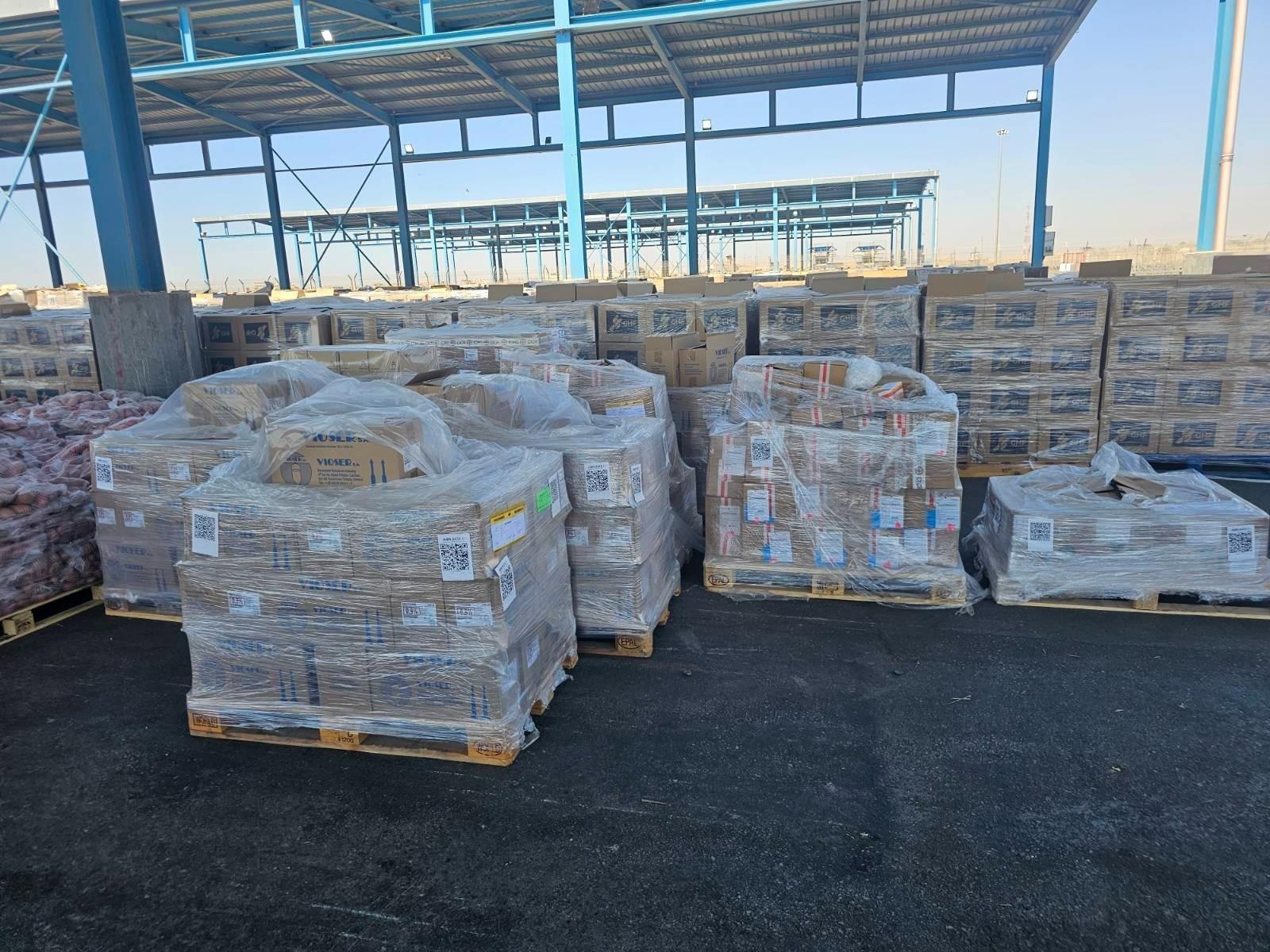
Aid inside a GHF centre in Gaza (Image: X)
In an attempt to stop Hamas from stealing aid and profiting from it, the Gaza Humanitarian Foundation (GHF) was established, which was endorsed by the Israeli and US governments. The GHF’s first day of operation in Gaza was on May 27, distributing aid from two sites in the Tel al-Sultan area of Rafah, with other distribution sites that have since opened.
Aid is also still available through channels operated by the UN.
One of the main differences between the GHF, which is operated by private companies, and the UN and humanitarian groups, is the system of distribution. As described in this Times of Israel article
The plan is to transition away from wholesale distribution and warehousing of aid and to instead have international organizations and private security contractors hand out boxes of food to individual Gazan families, according to [Israeli] officials. Each family will have a designated representative tasked with reaching an Israel Defense Forces security zone in southern Gaza, where aid will be distributed after going through several rounds of inspection. Each box will have enough food to last several days until family representatives will be allowed to return to the security zone to receive another parcel… The IDF will not be directly involved in the distribution of aid…but troops will be tasked with providing an outer layer of security for the private contractors and international organizations handing out the assistance… There is no exact timeline for when the new system will become operational but the IDF believes that it only has several weeks before a major humanitarian crisis.
On August 17, 2025, the GHF reported that it has distributed more than 126 million meals to date.
In early August, the Israeli Cabinet approved new and expanded means of aid entering Gaza via private merchants, which will allow even more aid into the strip. The GHF is also scaling up its operations and is planning to open a total of 16 distribution centres and is working towards operating 24-hours.
Hamas has targeted the GHF since it opened, putting bounties on the heads of US and Palestinian workers; by June 29, 12 GHF staff members had been murdered, and several others had been tortured or shot by Hamas.
The GHF has been subjected to extensive criticism from the UN and humanitarian organisations and has been accused of being inadequate and contravening the humanitarian principles of humanity, impartiality, independence and neutrality.
There have been several incidents at GHF distribution centres, such as looting, over-crowding and deaths.
In mid-August, the UN quoted Hamas-supplied data that claimed that 1,760 Gazans had been killed whilst seeking aid from GHF centres since they opened. These claims have not been verified by the UN or any other organisation.
The terrorist organisation also claimed that the IDF was responsible for the majority of deaths. The Israeli Government, IDF and GHF have repeatedly denied that it was responsible for the overwhelming majority of deaths.
Read more: Fast Facts: New Gaza aid distribution system begins
How the Israeli Government responded to international pressure
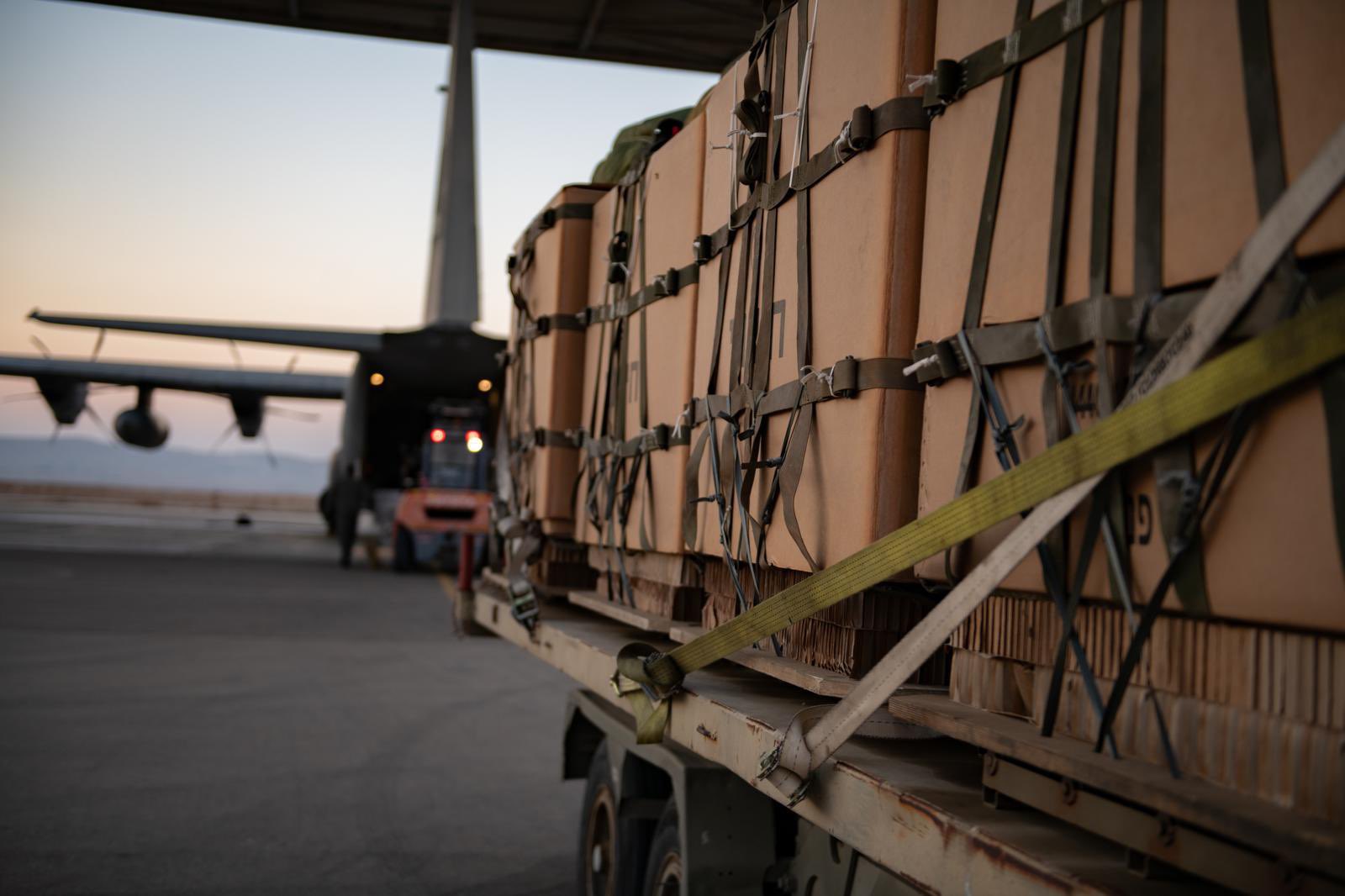
Multiple countries are contributing to aid airdrops (Image: X)
In late July, multiple countries, including Australia, dramatically increased their pressure on the Israeli Government over the humanitarian situation in Gaza.
Prime Minister Binyamin Netanyahu acknowledged the situation was “difficult” and promised “to work with international agencies, as well as the US and European nations, to ensure that large amounts of humanitarian aid flow into the Gaza Strip”.
The Government announced a host of new measures to address the humanitarian situation in Gaza, which included:
- Daily military pauses in three major Gaza centres (al-Mawasi, Deir al-Balah, and Gaza City), which will allow the UN and international aid agencies to “improve the effectiveness of aid distribution;”
- The reconnection of a power line to allow Gaza’s southern desalination plant to operate again has been carried out, which can supply water to 900,000 daily;
- Air drops of food into Gaza; and
- Permanent secure routes for humanitarian aid convoys between 6am and 11pm. These allow UN and humanitarian aid organisation convoys to safely deliver and distribute aid, including food and medicine, across the Strip. The IDF said it was “prepared to expand the scale of this activity as required”.
In addition, the UAE is currently constructing a 7km desalination water pipeline that will connect Gaza’s al-Mawasi region to Egypt, and when completed is expected to supply fresh water to approximately 600,000 people.
Read more: Fast Facts: Israel’s response to Gaza’s humanitarian situation
In July 2025, the Integrated Food Security Phase Classification (IPC) – a UN-affiliated tool used to track and classify food security across more than 30 countries – adopted an ad hoc measure, meaning it was easier to declare a famine there.
In late August, the IPC declared, using its newly lowered threshold, that famine conditions existed in Gaza City, with more than 500,000 people affected. The finding was problematic, because it involved the IPC being selective of the data used, and ignoring another part of its methodology.
Read more: Gaza ‘famine’ claims obscure the truth
Tags: Gaza, Gaza Humanitarian Foundation, Hamas, Israel

